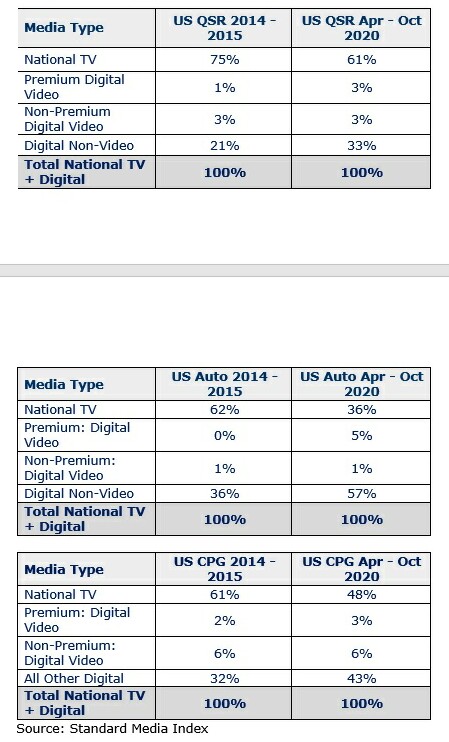Over the Top! The Most Significant Development in Television History

In World War I, the term "Over the Top!" meant a one-in-six chance of getting killed. It was the order to get up out of your trench and rush the enemy's trench. Today, the term OTT has a very different and much more positive meaning. It's a way of getting television content via the internet instead of over the air or by a cable/satellite service. It's also called streaming.
The reason it is so significant as a development is because like everything else the internet does it is democratizing -- meaning the entry price is low and anyone can get into it -- meaning also that it is highly fragmenting.
Simply put, the number of shards comprising OTT is hard to keep track of, although Standard Media Index (SMI) has now helped with a new and useful taxonomy, which I will preview here.
I’ve written before about the two main groupings within OTT:
Premium – Professionally produced video content at the level expected on television or in the movies. Ads appear in selectable contexts where one can control against mood breaking. Viewers tend to not be under time pressure.
Non-Premium – Amateur user-generated or semi-pro video content. Ads may have skip-ability signals which count down. Viewers tend to act like they are under time pressure.
In a $2.2 trillion sales ROAS (Return on Ad Spend) study we found that Premium OTT has higher ROAS than regular TV, and that Non-Premium OTT has lower ROAS than regular TV.
Now here’s where the OTT taxonomy gets granular, and where SMI's hard work has organized it for the rest of us:
- SVOD (Subscription Video on Demand) – Ad-free (e.g. Netflix)
- TVE/MVPD (TV Everywhere/Multichannel Video Program Distributors) – Ad-supported streaming distributed by cable/satellite operators
- TVE/Networks – The same thing, but distributed by networks
- Pure Play OTT AVOD (Advertising-Supported Video on Demand) – Individual networks or small bundles of networks (e.g. Hulu)
- Pure Play OTT vMVPD (Virtual MVPDs) – Streaming versions of cable/satellite operators (e.g. Pluto)
- OLV Ad Networks/Exchanges – Online video delivered programmatically or otherwise (e.g. YouTube)
The last five types are all ad-supported and the last is Non-Premium; the other four ad-supported types are all Premium.
Most observers are predicting that there will be more entries coming on in all of these SMI OTT/OLV types.
So far, what are the broad trends in adspend across these types vs. other media types?
- OTT is outpacing all other forms of advertising, 2020 over 2019 in the U.S. (January-September year-over-year):
- Total All Media down (-14%)
- Total Digital down (-4%)
- Total OTT/OLV up (+17%)
This situation which goes ignored by C Suites leads to tremendous under-investment in Premium OTT which persists to this day:

What this picture in fact shows is something even more unusual and unexpected: whether before COVID or during COVID, the advertising industry has shifted dollars mostly to the form of digital that is most like magazines! Exchanging video dollars for magazine small-space ads, shown on a screen instead of on physical pages.
Meanwhile, the correlation methods of estimating ROAS have generally told the emperor what he/she wanted to hear.
Perhaps a little ARF-peer-reviewed random control trial check on all this is a lot more necessary than I thought.
Photo credit: Glenn Carstens Peters / Unsplash
Click the social buttons above or below to share this content with your friends and colleagues.
The opinions and points of view expressed in this content are exclusively the views of the author and/or subject(s) and do not necessarily represent the views of MediaVillage.com/MyersBizNet, Inc. management or associated writers.


